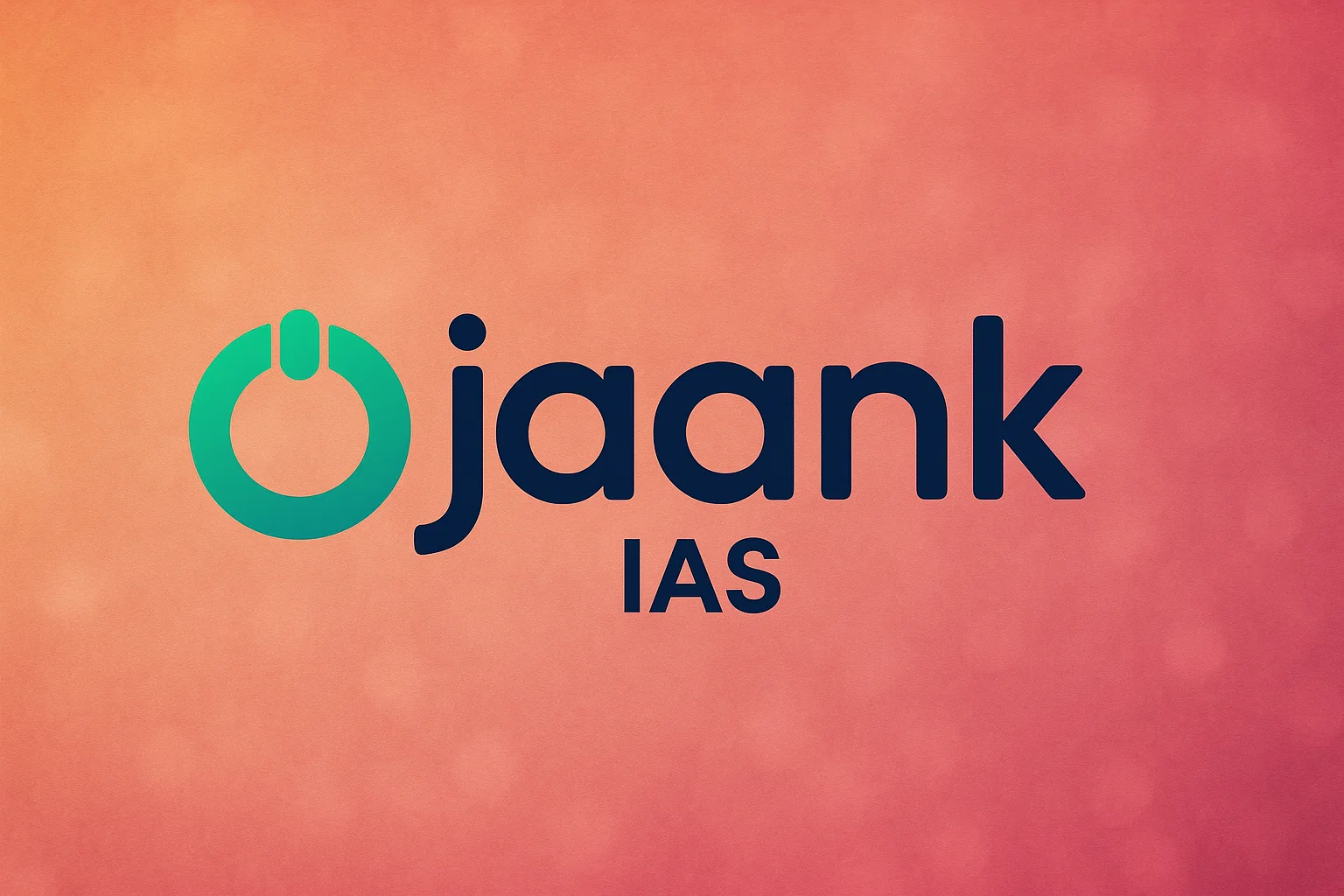India's GDP Success Story: Looking Beyond the Numbers to Address Economic Challenges

In the year 2023, Bharat's economic landscape flourished, manifesting a robust 7.3 percent augmentation, fueled by significant accumulations of capital. Nonetheless, the response from the private consortium was underwhelming, coupled with a disinvestment surge nearing 29 percent. The onus is on the impending administration to navigate through the quagmire of escalating inflation and economic quandaries, including the deceleration in the agrarian and associated domains, a downturn in overseas direct investments, and a diminished trade balance.
Per macroeconomic analyses, Bharat's financial ecosystem showcased commendable performance in 2023. By January 2024, the nation's Statistical Office posited an anticipated real GDP growth of 7.3 percent for the fiscal span of 2023–24, positioning it atop the global economic hierarchy.
This projection surpasses the International Monetary Fund's December 2023 forecast of 6.3 percent growth. Even if the IMF's assessment holds merit, Bharat's GDP growth would still eclipse China's by at least two percentage points.
A notable surge in capital formations propelled Bharat's economic ascendance during the fiscal epoch of 2023–24. The government's fiscal strategies have been geared towards amplifying capital expenditures, encouraging provincial administrations to follow suit. Consequently, gross capital formation witnessed an 11 percent hike during the 2022–23 fiscal year, with expectations of surpassing 10 percent in the succeeding period.
Contrarily, the private sector's lukewarm reception to governmental incentives for investment starkly contrasts with the Finance Minister's anticipation of public investments magnetizing private capital. Private investments plummeted from in excess of Rs 14 lakh crore (US$168.6 billion) in February 2023 to below Rs 2 lakh crore (US$24.1 billion) by October, before a slight recovery to Rs 2.2 lakh crore (US$26.5 billion) in December 2023.
In tandem, there was a retrenchment in foreign direct investment engagement within Bharat. From April to November 2023, gross foreign direct investment inflows receded by approximately 4 percent relative to the same timeframe in 2022. Despite this downturn, Bharat ostensibly fared better, as foreign direct investment inflows into developing nations contracted by 12 percent in 2023, according to the United Nations Conference on Trade and Development. Alarmingly, disinvestment levels ascended nearly 29 percent annually.
The tepid enthusiasm from private investors casts shadows on the government's capacity to uphold elevated capital expenditure while concurrently addressing development deficits through allocations to social and welfare programs.
Recent fiscal blueprints have somewhat neglected these domains, with a pivot towards welfare initiatives evident from the 2023 directive to dispense free grains to approximately 810 million destitute individuals—about 60 percent of the national populace—until December 2028.
With a significant fraction of the populace living in penury, it's paramount for Bharat to maintain subdued inflation levels. The government prognosticates a slight elevation in retail headline inflation to 5.4 percent in 2024, up from roughly 4 percent in 2023.
The Reserve Bank of India has maintained that inflation rates would surpass the 4 percent target in 2024, with the alignment of inflation to target levels remaining uncertain. This uncertainty is exacerbated by a surge in food price inflation to 9.5 percent in December 2023, up from 4.2 percent the preceding year.
The global economic deceleration has adversely impacted the external sector, with a contraction in exports of goods and services during the initial nine months of the current fiscal year. However, a decline in imports—particularly merchandise goods—has mitigated the trade imbalance by nearly 36 percent compared to the prior year.
Though the import reduction ameliorates the trade and potentially the current account balance, this trend poses a dilemma for an import-reliant nation, especially with significant reductions in essential raw materials and intermediary goods like raw cotton, fertilisers, coal, and crude oil during April–December 2023.
GDP estimations spotlight a vulnerability—the sluggish expansion of the agriculture and allied sectors, growing by less than 2 percent in the 2022–23 fiscal year, halving the prior year's growth. Capricious weather patterns, including erratic rainfall distribution, have detrimentally influenced these sectors.
The anticipated deceleration in the agriculture and allied sectors' growth for 2023–24 signals economic distress. Sustained and considerable growth in these sectors is critical, given the depressed agrarian incomes. Enhanced earnings in these sectors could vitalize demand, thereby spurring growth in manufacturing and service sectors.
The National Statistics Office forecasts a 6.5 percent growth in the manufacturing sector for 2023–24, a significant leap from the 1.3 percent growth in the preceding fiscal year. Despite the optimistic outlook for manufacturing, key industries have witnessed deceleration from April to November 2023.
The labor-intensive apparel industry saw a more than 20 percent decline in output, while computer, electronic, and optical product manufacturing receded by over 15 percent. These sectors, particularly vital to the government's strategy for rejuvenating manufacturing and positioning Bharat as a major hub for technologically advanced products, are pivotal.
As Bharat, the world's largest democracy, approaches the 2024 general election, its economy is fraught with challenges awaiting the new government's attention.
Penned by Biswajit Dhar, a distinguished professor at the Council for Social Development.